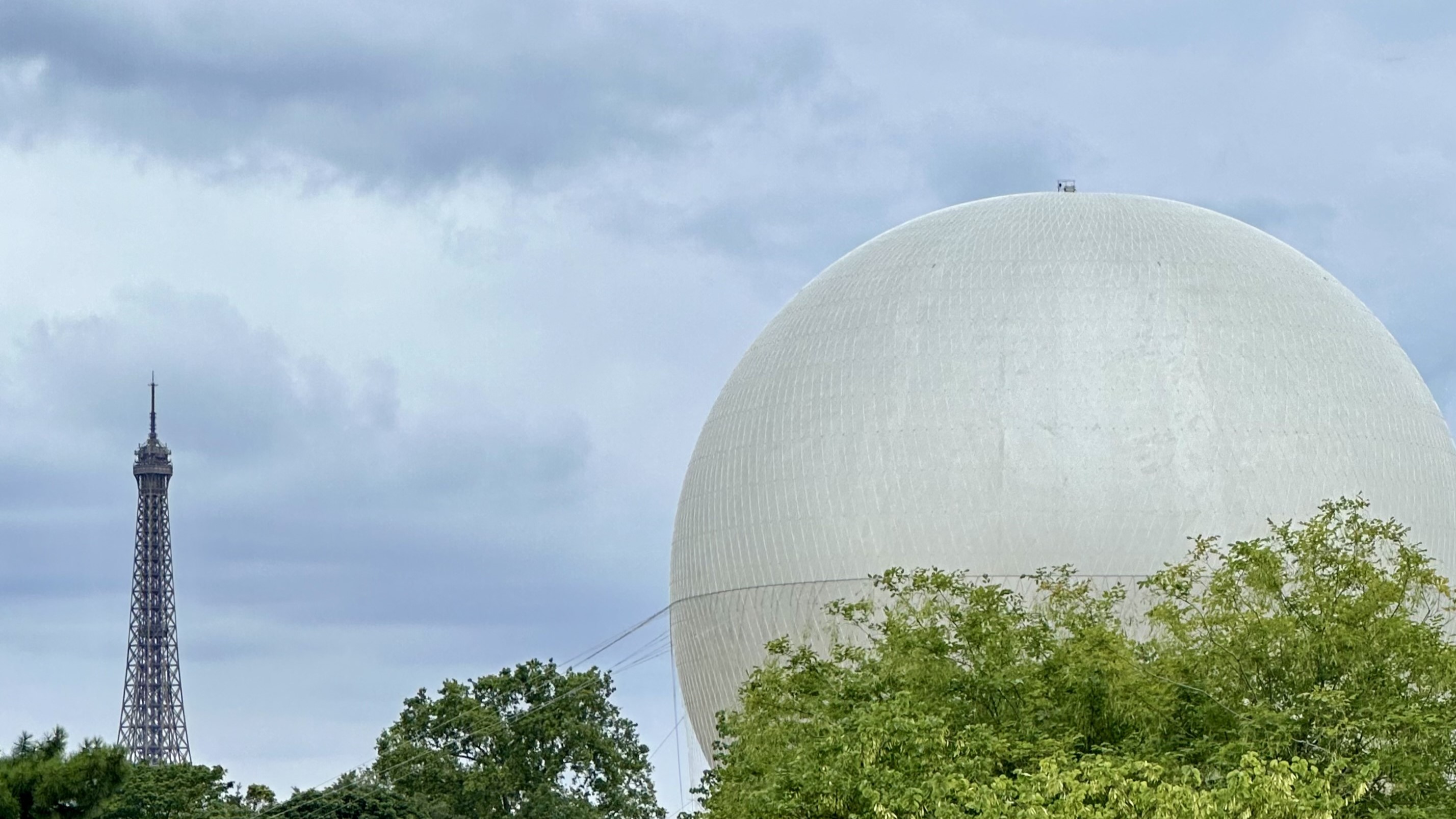
The Olympics is a lens that magnifies all aspects of life when it lands in your city. When the Olympic torch entered the city on Bastille Day reactions on the streets of Paris were also fired-up to a new level. Opinions have ranged from excitement to concern to anger: inflation, security, traffic restrictions and even a possible return of the dreaded bed bugs. ‘Was it even necessary, Paris 2024? And why now?’ people asked.
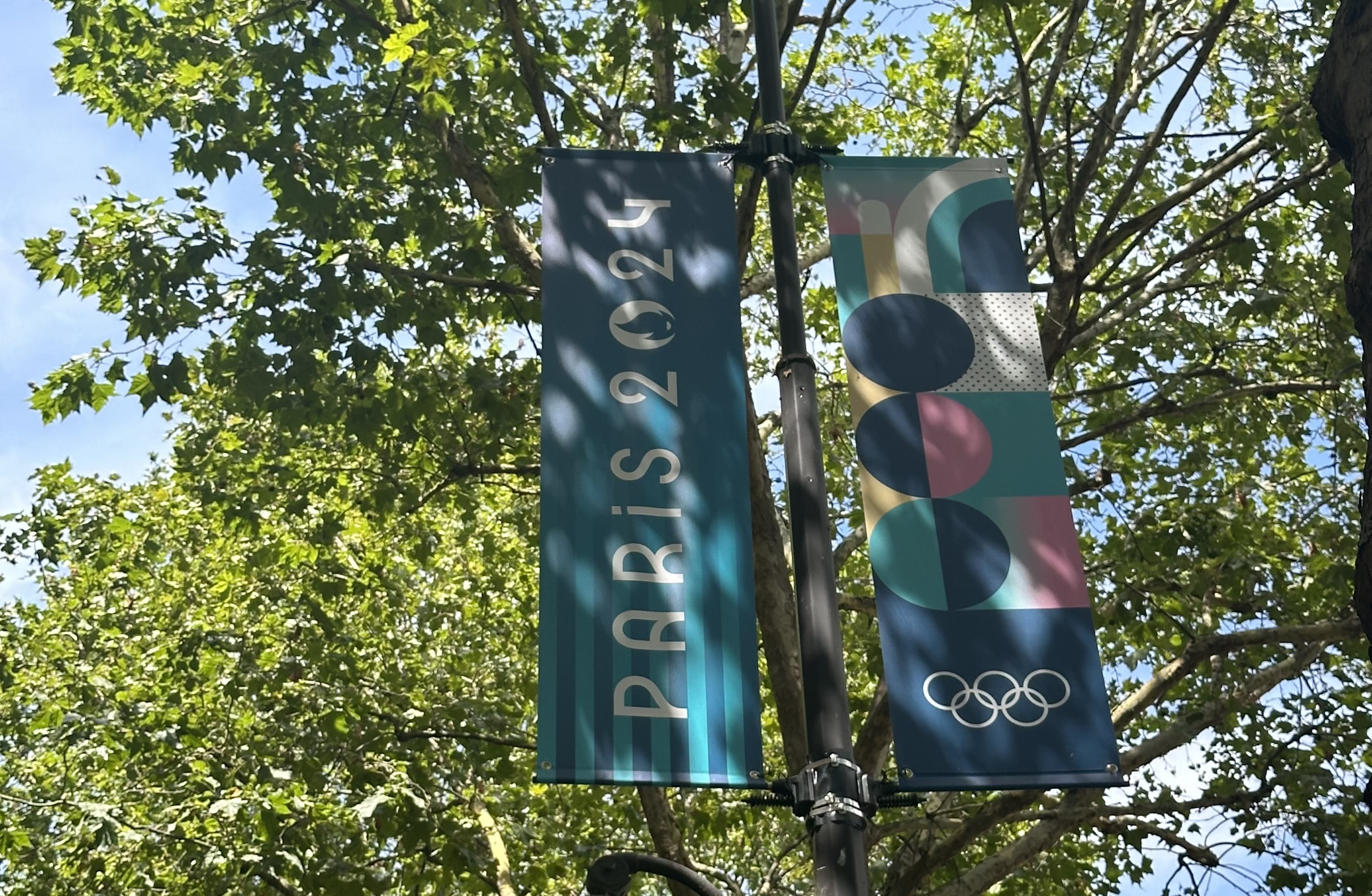
The timing of the event is of course no coincidence. Paris last hosted the summer Olympic Games in 1924 and for France, a nation with a powerful relationship to its past, marking this 100th anniversary is a big deal. Echoes of 1924 are everywhere. A large part of Paris 2024’s visual identity manifests the Art Deco era, with geometric lines and decorative patterns. Olympic banners flutter in the city’s streets - an extra layer of Art Deco on top of the city surface to remind us of the past as well as the present.
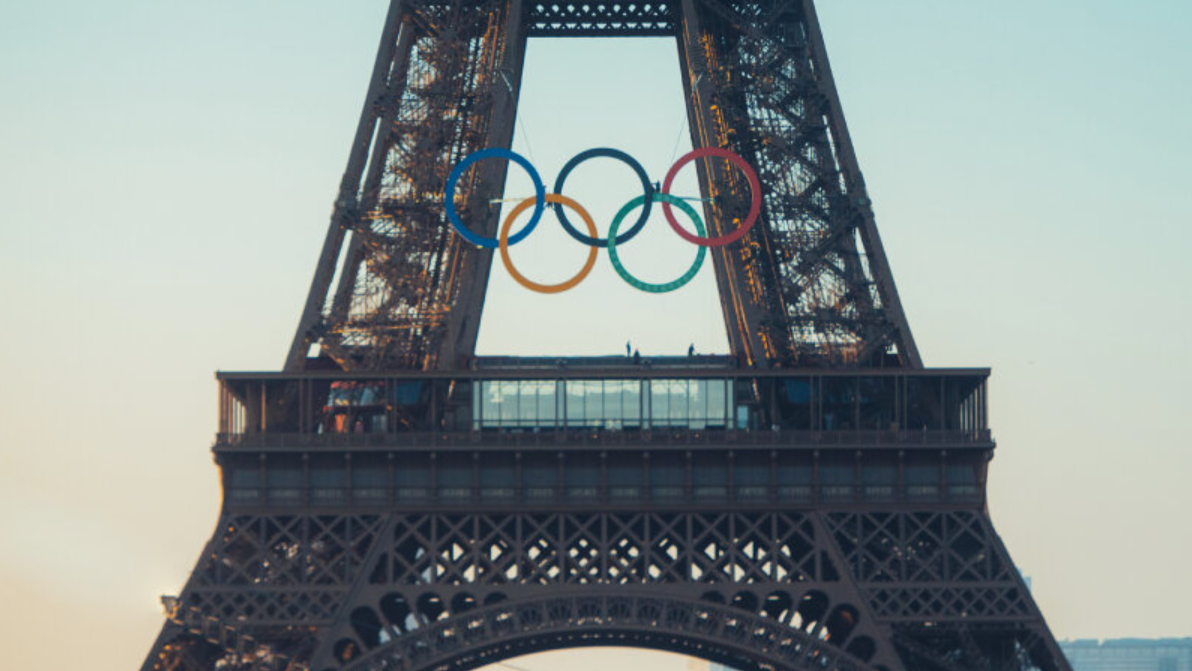
The Olympic Games can offer a great opportunity for the host city to rethink the urban experience, and the city of Paris is said to have spent 30 million EUR on sprucing up the urban landscape. An influx of crowds and media means all eyes are on the city. It needs to work well and look beautiful. Brands have a chance to make their mark as part of the city’s cultural DNA.
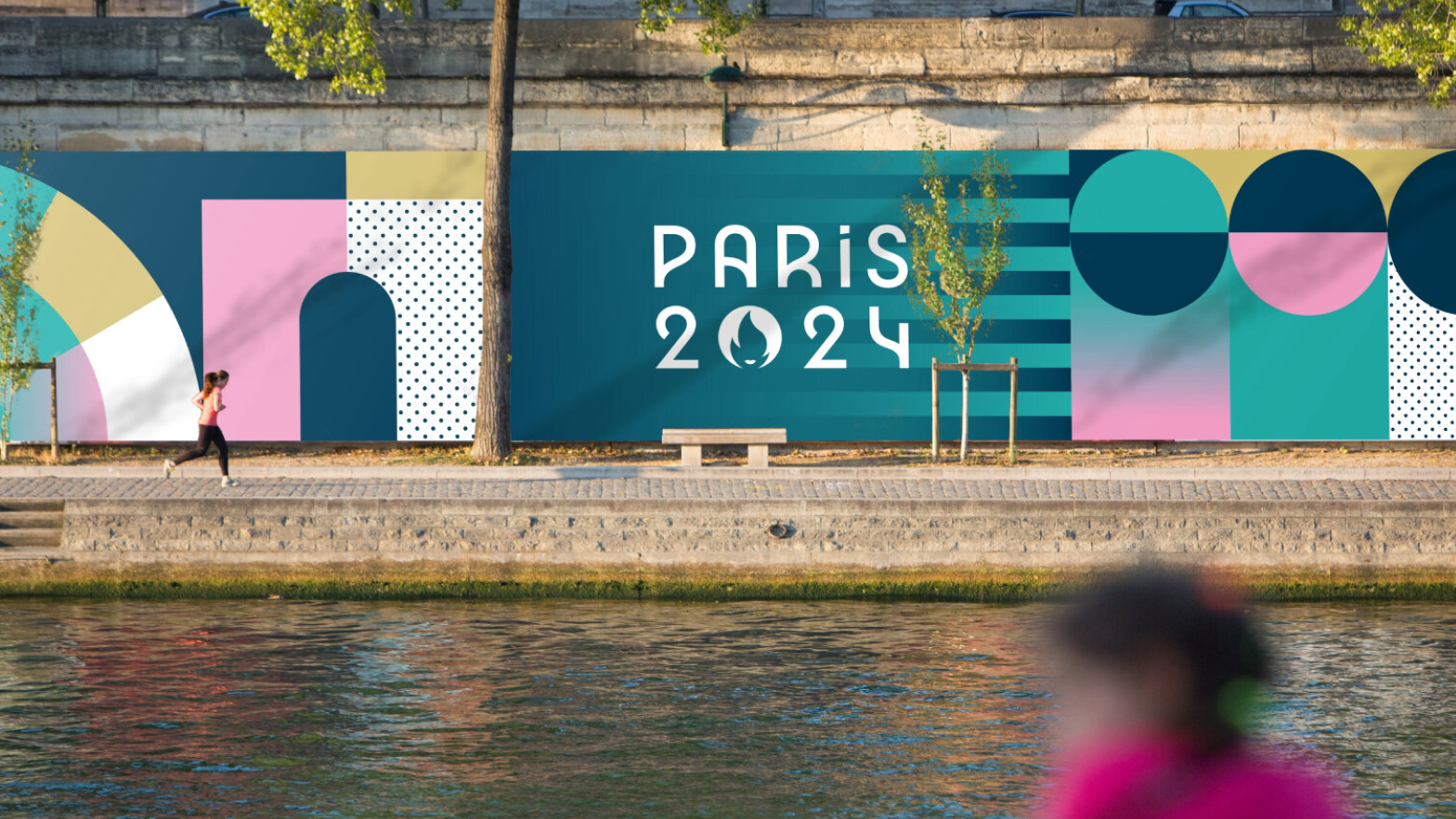
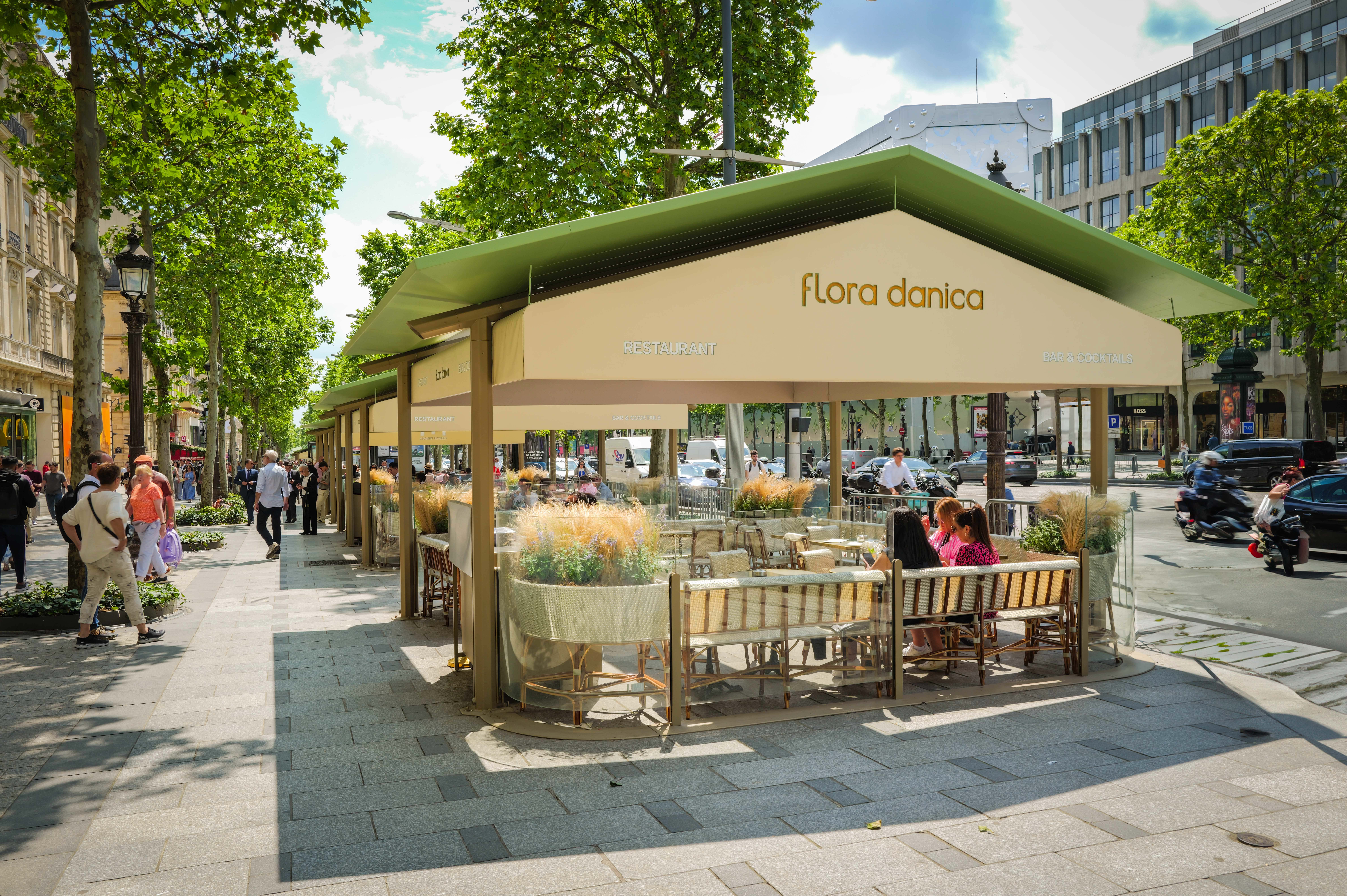
On the sidewalks of the world-famous Avenue des Champs-Élysées, where retailers and restaurants spill messily onto the streets, an exercise in tidy uniformity has been deployed. The Champs-Elysées committee has harmonised the look of the avenue, not only for tourists, but with the hope that grumpy Parisians will also appreciate the suave new outfit. All restaurants and cafés on the Avenue’s terraces now have identical smart green and vanilla-colour canopies, offset with revisited classic bistro-type furniture. The elegant new furniture was designed by Ramy Fischler and manufactured by Fermob (metal chairs) and Maison Gatti, Maison Drucker (rattan chairs). The set consists of seven models of seating and planter, either in metal or rattan, and in grey or burgundy, and makes for a dignified update, even if it feels a little Truman-show when everything is so very box-fresh.

The scene is less positive for retailers located in the city’s red zone, the immediate neighbourhood where the opening ceremony will take place. They have been forced to shut shop for the ten days leading up to the opening ceremony on July 26, which includes the official sales period and there has been no compensation from local authorities. For aspiring shoppers, figuring out which streets are accessible on which day is a headache. Working out how to get around requires hours of online detective work. The only footbridge in the city centre to cross the Seine is the Passerelle Léopold-Sédar-Senghor– which served as the runway for Alaia’s Fall-Winter 2024 show. From there, it’s a rather bleak sight of shuttered galleries and stores on the Left Bank quay.
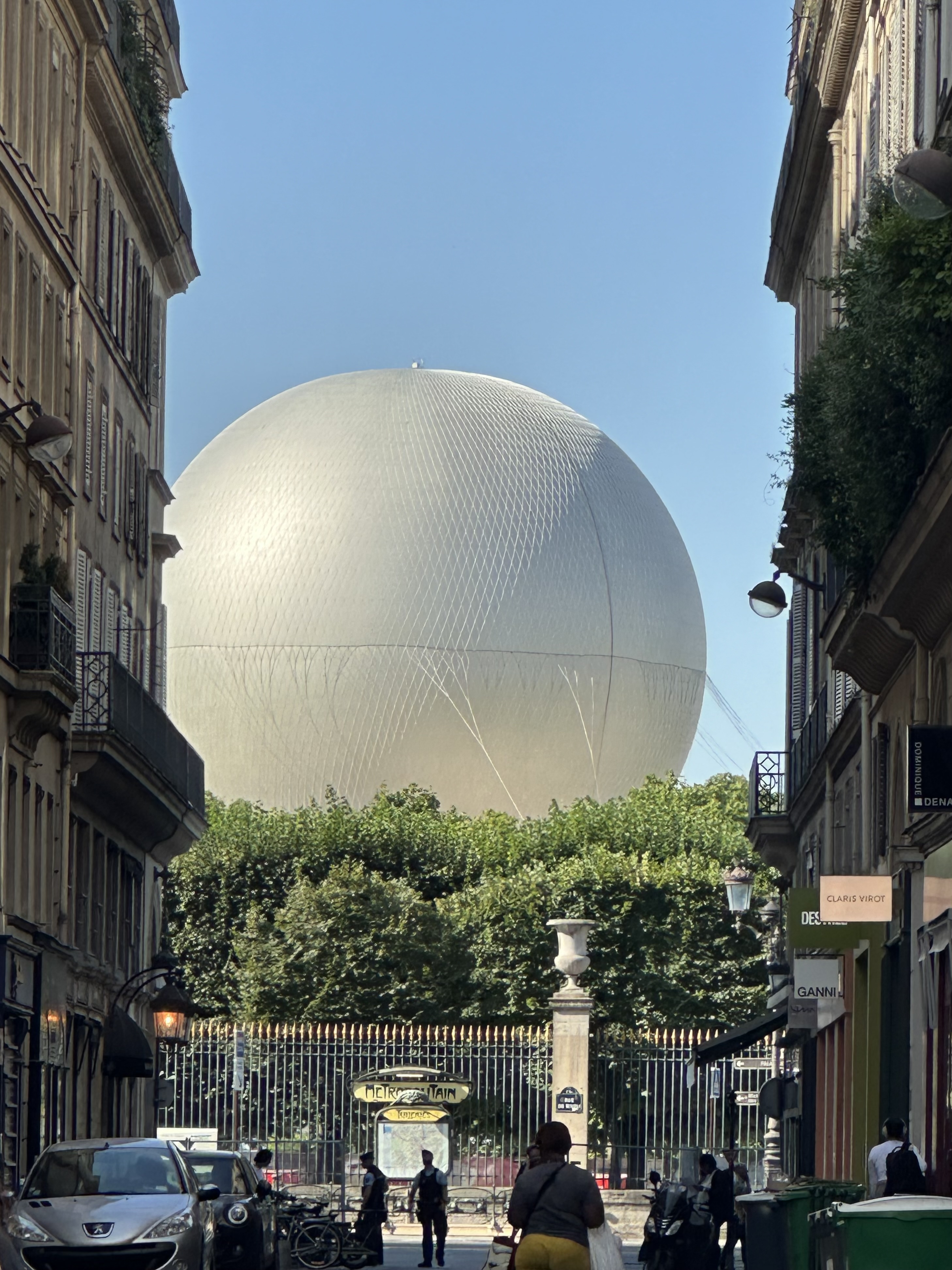
A bit further down towards the Right Bank, you have a view of the currently closed Tuileries Gardens via a temporary pedestrian bridge. It’s here, that the lighting of the cauldron will take place tomorrow, and as one nears the site, a huge hot air balloon looms into sight. It is beautiful, luminous, ethereal and the source of much intrigue amongst Parisians. We can only guess that it will play a significant role as a highlight of the opening ceremony, but chapeau to the Paris 2024 Olympic Committee for keeping everything else about the balloon a secret.
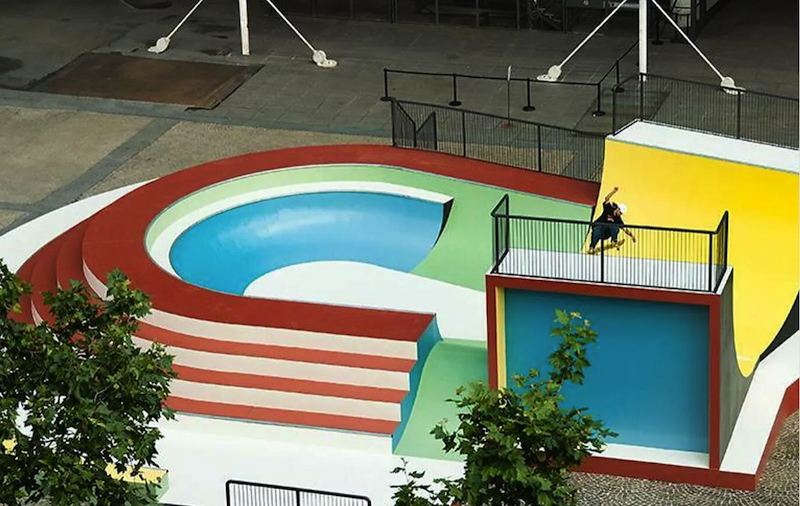
Meanwhile, on the Pompidou Centre’s forecourt, the artist Raphaël Zarka has dreamed up a small but eye-catching skatepark, named 'Cyclïde Piazza'. The ‘skateable sculpture’ feels like the offspring of the ‘Tawaraya Boxing Ring Bed’ by Memphis and the Pompidou Centre. In the same forecourt, a vast digital canvas spreads out on the façade of the Pompidou, screening Nike’s animations and videos. We are shown - at scale and in high definition - some star athletes and the brand’s iconic sports gear, redesigned using primary colors to echo the signature color palette of the museum’s architecture. The film is interspersed with images of the museum’s masterpieces and visitor information and is shown on loop, bringing a surreal dose of LED glamour to the neighbourhood after dark.
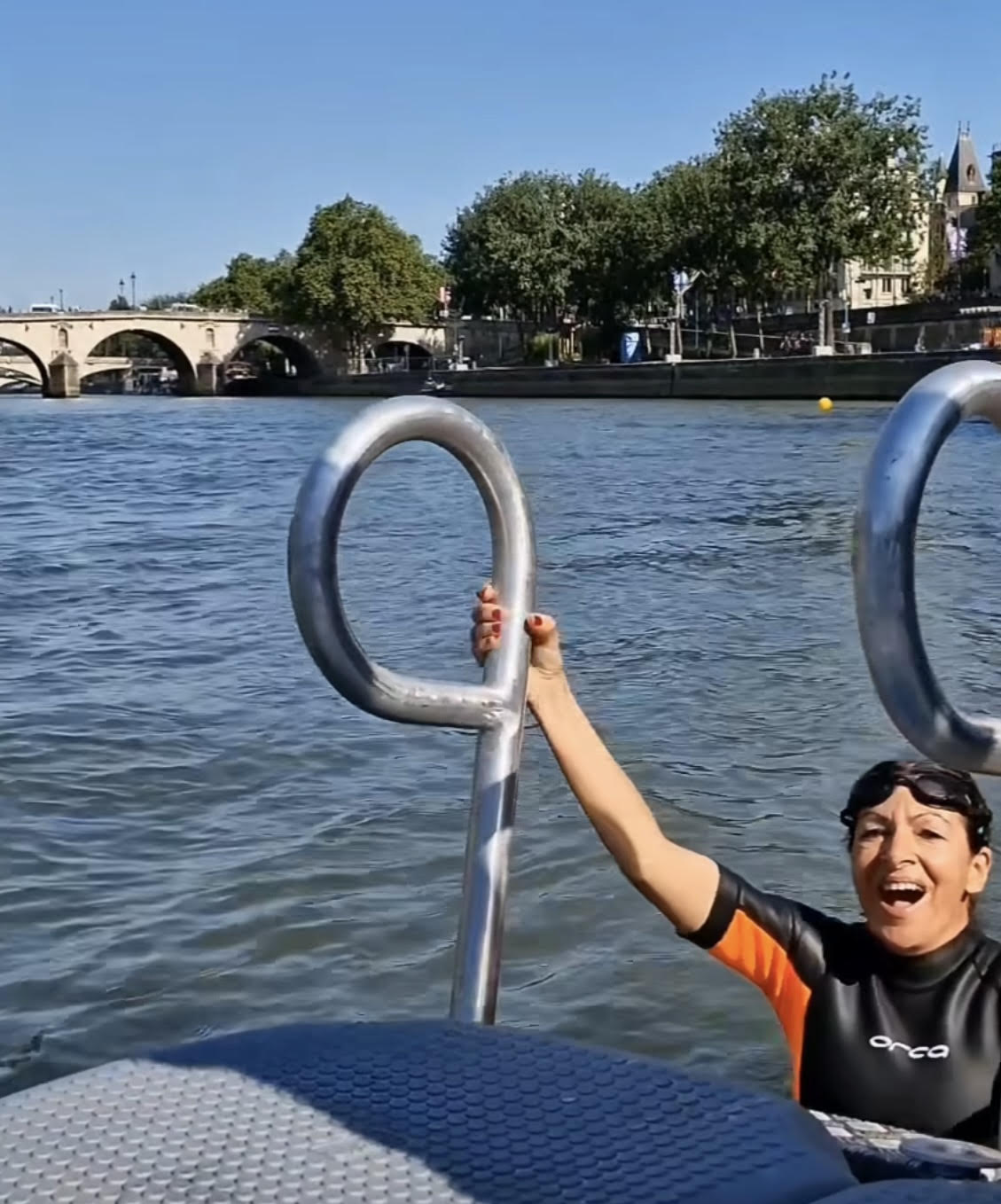
In the 21st Century the Olympics go hand-in-hand with environmental initiatives, and Paris is held-up as an ambitious pioneer thanks to the impressive efforts of Mayor Anne Hidalgo. One of the greatest achievements has been the cleaning-up of the river Seine, which will host the first swimming marathon to take place in an urban river since 1896. Hidalgo herself and Tony Estanguet, the Paris 2024 president, took a dip in the clean river this week for the media. Besides the river, green landmarks proliferate across the city. Recent initiatives include the inauguration of the Urban Forest - 478 trees in the Place de Catalogne. The micro woodland will help shield the city from heat waves and excessive carbon emission. It is estimated that carbon emissions for Paris 2024 will be half those of London 2012 and Rio 2016.
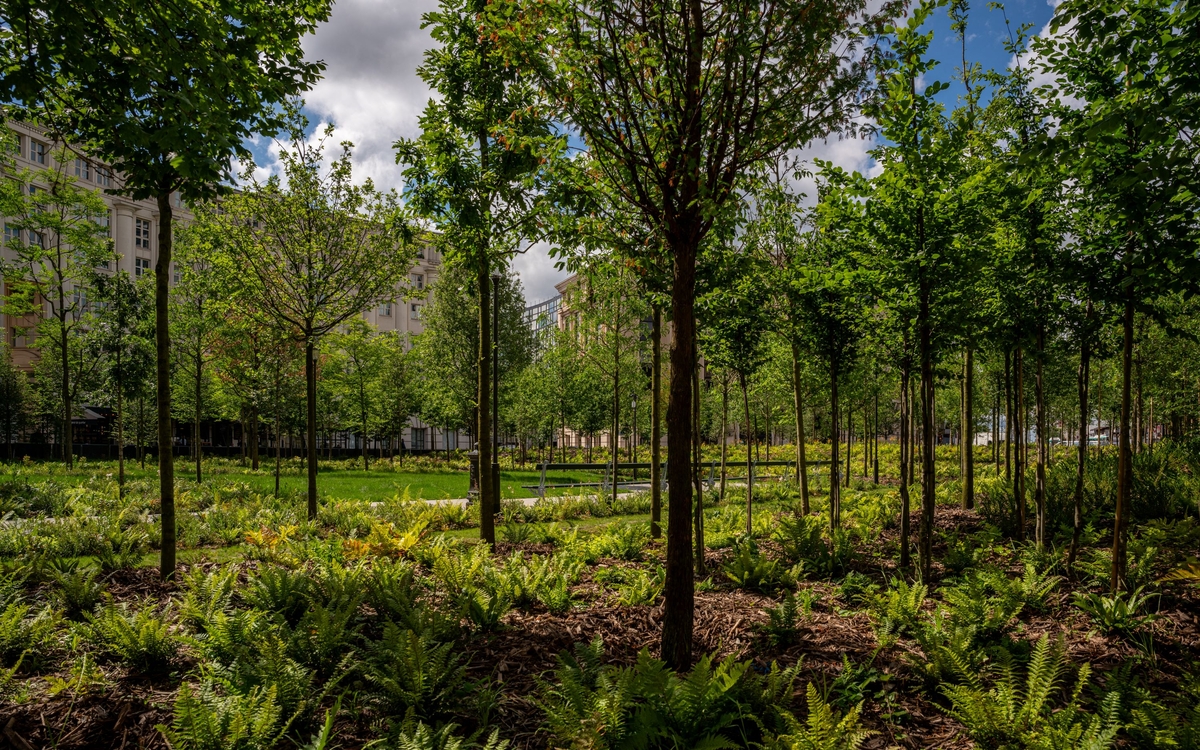
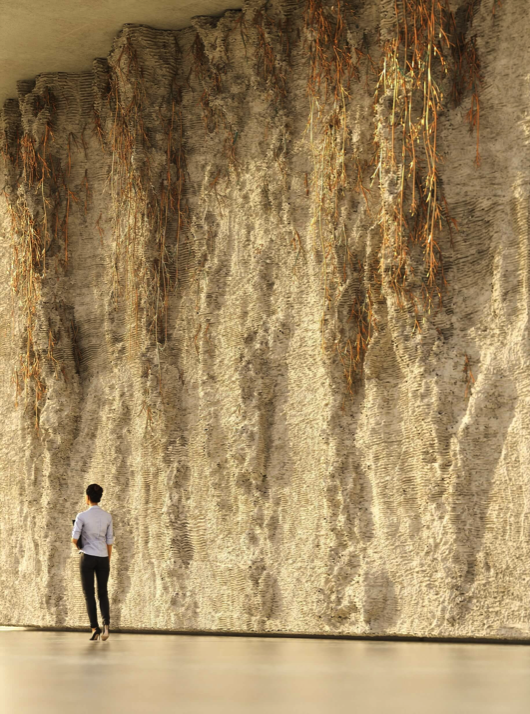
The most common topic on everyone’s lips is the Grand Paris long-term, mega-budget project, which is finally taking shape. The number 14 Metro line - or “Grand Paris Express” - now connects to Orly airport, with each of the seven new stations showcasing artistic collaborations. The Hôpital Bicêtre stop on the south side, designed by Jean-Paul Viguier et Associés, has introduced a spectacular bas-relief by Eva Jospin. Inspired by archaeological sites, the artist sculpted a huge rock, using her signature cardboard, then covered with cement.
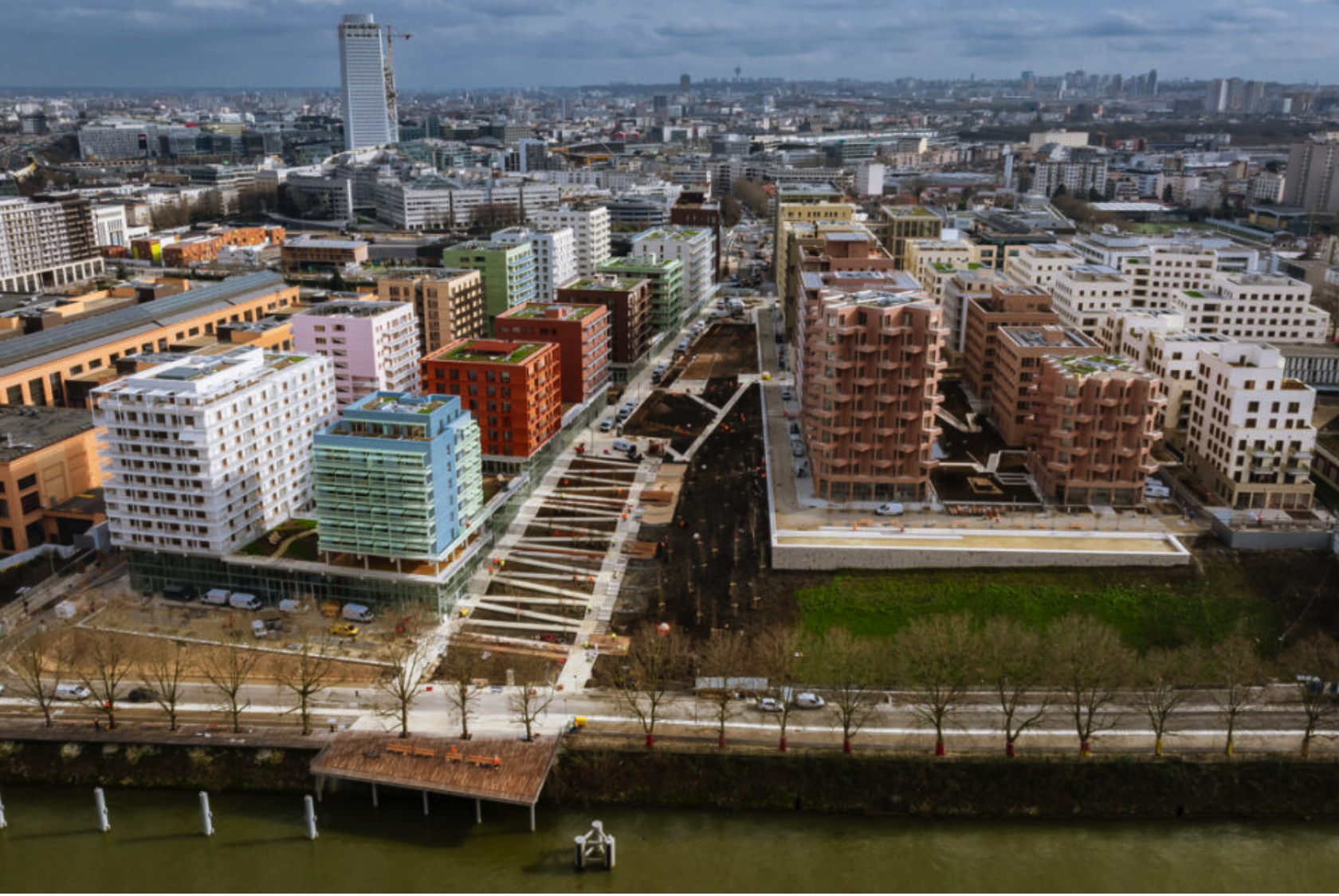
Olympic fans can ride to the Saint-Denis Pleyel station at the other end of the line to reach the Olympic and Paralympic Village, which will house the athletes during the games. The sprawling newly built complex has an Accidentally-Wes-Anderson touch to it, but opinions so far are positive. Master-planned by architect Dominique Perrault, a genuine proponent of sustainable design and community integration, the village is due to be transformed into social housing, student accommodation and rental offices when the games are over. Will it be a game changer? Keeping an eye on the before-and-after (and beyond) of Paris’s shifting cityscape is a fun sport in itself.







